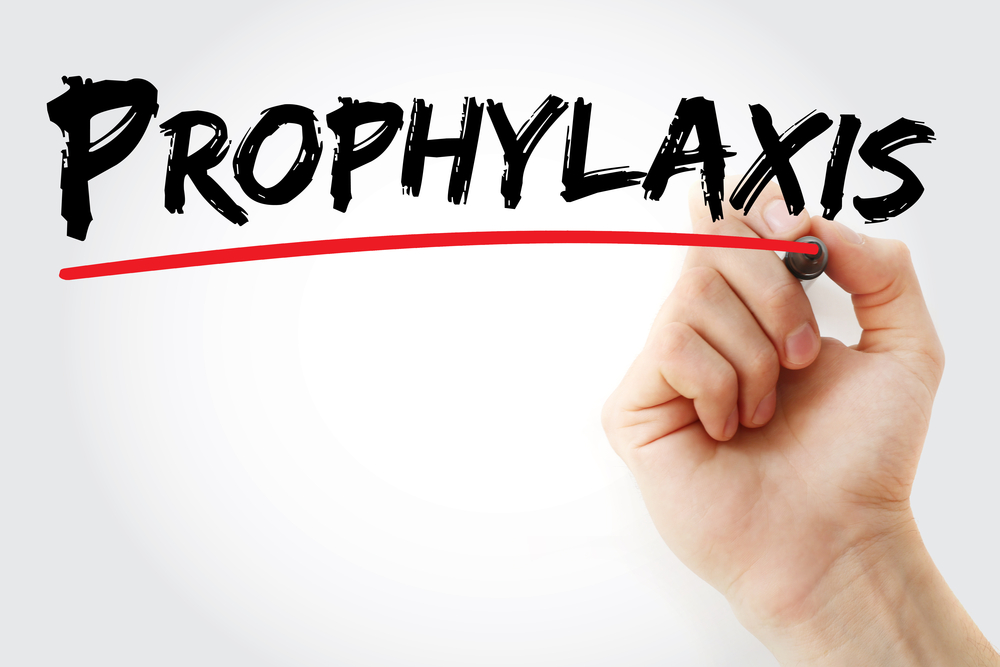Prophylaxis Better Than On-demand Therapy for Reducing Bleeds in Hemophilia A, Study Reports

Switching from on-demand to preventive treatment — or prophylaxis — significantly reduces bleeding in adults with hemophilia A, including the elderly, a real-life study shows.
The study, “Long‐term analysis of the benefit of prophylaxis for adult patients with severe or moderate haemophilia A,” was published in the journal Haemophilia.
The current standard care for children with severe hemophilia A consists of replacing factor VIII (FVIII) — the clotting protein that is missing or faulty in hemophilia A — to prevent spontaneous bleeding episodes and other complications, including chronic arthropathy (joint disease) and disability. This approach also reduces the need for surgical interventions.
However, FVIII replacement prophylaxis is still not generally accepted as better than on-demand treatment for adults with hemophilia A and for patients with non-severe disease.
Aiming to establish the benefits of prophylactic treatment and its long-term effects on annual bleeding rate (ABR), including spontaneous and traumatic bleeds, researchers in Germany studied a group of hemophilia A patients with severe or non-severe disease and across all ages, up to 88 years.
Specifically, the team assessed the effects of treatment with the FVIII concentrate Haemoctin, developed by Biotest Pharma, which funded the study.
In total, the study included 161 male patients, of whom 131 had severe disease, who were followed at 25 German and eight Hungarian hemophilia centers from May 1998 to December 2015.
Participants were divided into those on on-demand treatment (32 patients), those treated with prophylaxis (71 patients), and those who switched treatments (54 patients). Among the latter patients, 51 switched from on-demand to continuous prophylaxis, while three patients went from prophylaxis to on-demand treatment. The remaining four patients underwent surgery.
On average, participants were followed during one treatment regimen for approximately five to six years. Those switching to prophylaxis were followed for a longer period of approximately 11.5 years.
Results revealed that prophylaxis had the greatest effect on patients’ ABR, regardless of their age and disease severity. In fact, patients with non-severe hemophilia who continuously received prophylactic therapy had similar or even higher median ABRs than those with severe disease.
“The more prophylactic administrations a patient received, the lower his ABR,” the researchers wrote.
While the median ABR of all patients treated on demand was 31.4, it was only 1.3 for those treated with prophylaxis.
The statistically significant benefits of prophylaxis over on-demand treatment were maintained even in patients with non-severe disease: those treated on-demand (11 patients) had a median ABR of 8.4 while those treated prophylactically (17 patients) had a median ABR of 1.5.
A marked drop on ABR was seen in patients who switched from on-demand to prophylactic therapy across all age groups and disease severity.
From the 51 patients switching to prophylactic therapy, 25 (49%) showed an ABR drop to below one bleed per year after the switch, and of these, 13 (25%) had no more bleeds.
Among the 71 patients given continuous prophylactic therapy, 25 (35%) had fewer than one bleed a year, and 11 patients (15%) had no bleeds at all. Notably, no patient receiving on‐demand regimen experienced fewer than one bleed per year (minimum ABR 2.9).
Fifty-two patients had problems in the joints. Most (30 patients) switched from on-demand to prophylaxis, 16 of whom received tertiary prophylaxis. Nine patients switching to prophylaxis with affected joints had zero bleeds after switching and other five patients had fewer than one bleed per year.
Overall, this real-life long-term study showed that “any (even low-frequency) prophylaxis results in lower ABR than on-demand treatment. Patients switching to prophylaxis benefited the most, irrespective of age or HA [hemophilia A] severity,” the researchers wrote.
Two of the study’s authors are employees of Biotest, while others received funding or consulting fees from the company.






